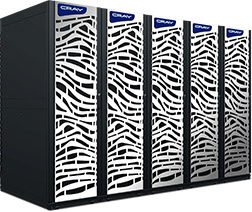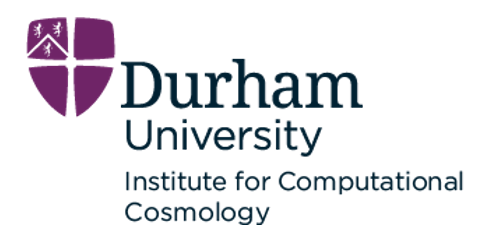Today Cray announced that the High-Performance Computing Center of the University of Stuttgart (HLRS) in Germany has selected a new Cray CS-Storm GPU-accelerated supercomputer to advance its computing infrastructure in response to user demand for processing-intensive applications like machine learning and deep learning. The new Cray system is tailored for artificial intelligence (AI) and includes the Cray Urika-CS AI and Analytics suite, enabling HLRS to accelerate AI workloads, arm users to address complex computing problems and process more data with higher accuracy of AI models in engineering, automotive, energy, and environmental industries and academia.
As we extend our service portfolio with AI, we require an infrastructure that can support the convergence of traditional high-performance computing applications and AI workloads to better support our users and customers,” said Prof. Dr. Michael Resch, director at HRLS. “We’ve found success working with our current Cray Urika-GX system for data analytics, and we are now at a point where AI and deep learning have become even more important as a set of methods and workflows for the HPC community. Our researchers will use the new CS-Storm system to power AI applications to achieve much faster results and gain new insights into traditional types of simulation results.”
Supercomputer users at HLRS are increasingly asking for access to systems containing AI acceleration capabilities. With the GPU-accelerated CS-Storm system and Urika-CS AI and Analytics suite, which leverages popular machine intelligence frameworks like TensorFlow and PyTorch, HLRS can provide machine learning and deep learning services to its leading teaching and training programs, global partners and R&D. The Urika-CS AI and Analytics suite includes Cray’s Hyperparameter Optimization (HPO) and Cray Programming Environment Deep Learning Plugin, arming system users with the full potential of deep learning and advancing the services HLRS offers to its users interested in data analytics, machine learning and related fields.
The future will be driven by the convergence of modeling and simulation with AI and analytics and we’re honored to be working with HLRS to further their AI initiatives by providing advanced computing technology for the Center’s engineering and HPC training and research endeavors,” said Peter Ungaro, president and CEO at Cray, a Hewlett Packard Enterprise company. “HLRS has the opportunity to apply AI to improve and scale data analysis for the benefit of its core research areas, such as looking at trends in industrial HPC usage, creating models of car collisions, and visualizing black holes. The Cray CS-Storm combined with the unique Cray-CS AI and Analytics suite will allow HLRS to better tackle converged AI and simulation workloads in the exascale era.”
In addition to the Cray CS-Storm architecture and Cray-CS AI and Analytics suite, the system will feature NVIDIA V100 Tensor Core GPUs and Intel Xeon Scalable processors.
The convergence of AI and scientific computing has accelerated the pace of scientific progress and is helping solve the world’s most challenging problems,” said Paresh Kharya, Director of Product Management and Marketing at NVIDIA. “Our work with Cray and HLRS on their new GPU-accelerated system will result in a modern HPC infrastructure that addresses the demands of the Center’s research community to combine simulation with the power of AI to advance science, find cures for disease, and develop new forms of energy.”
The Cray system is scheduled for delivery to HLRS in November 2019.





